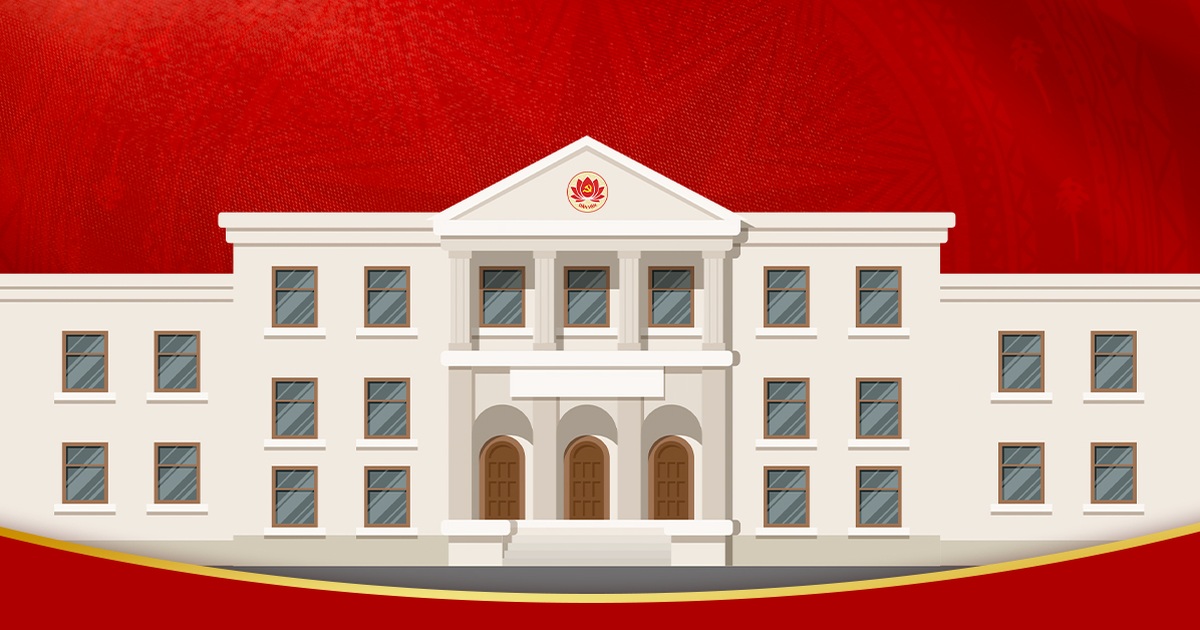The merger and renaming of two party units is not only a significant step in optimizing the leadership machinery but also brings about substantial changes in organizational structure. This aims to enhance operational efficiency and meet the practical requirements for national construction and development.
Overview of the Merger and Renaming Decision
According to official sources, the merger and renaming of the two party units were carried out to better align with the new situation. This is part of a strategic political system reform aimed at reducing functional overlaps and enhancing management efficiency. The decision reflects a long-term vision to build a lean, flexible, and effective party apparatus.
 Illustration of the merged party units
Illustration of the merged party units
alt: Illustration of the leadership structure after merger and renaming
Specific Changes in the Leadership Structure
1. Optimizing Roles and Responsibilities
After the merger, each leadership position will assume clearer roles, avoiding overlaps between departments. This helps focus resources on key tasks while enhancing specialization in each field. New positions are established based on criteria of competence and experience, ensuring alignment with job requirements.
2. Enhancing Coordination Efficiency
The merger also improves coordination among affiliated units. Instead of working through multiple channels as before, related agencies can now easily connect and exchange information. This not only saves time but also reduces errors in task processing.
3. Innovating Operational Methods
In addition to restructuring personnel, this decision promotes the adoption of modern working methods. Digital tools and automated processes are being implemented more robustly, enhancing work performance and quality. This is a crucial step toward the digital transformation of the entire system.
Long-Term Meaning and Impact
The merger and renaming of the two party units not only have organizational significance but also convey a strong message about innovation in leadership thinking. This decision demonstrates the party’s commitment to building a modern, transparent administration that serves the people better.
At the same time, it offers an opportunity for cadres and party members to enhance their capabilities and adapt to the new working environment. These changes promise to generate positive values contributing to the country’s sustainable development.
Conclusion
The process of merging and renaming the two party units is a strategic move reflecting the leadership’s long-term vision for political system reforms. To achieve maximum effectiveness, close collaboration among all parties involved is essential, along with a spirit of innovation and creativity from the staff. Stay tuned for further updates to get detailed information about these important changes.
References:


